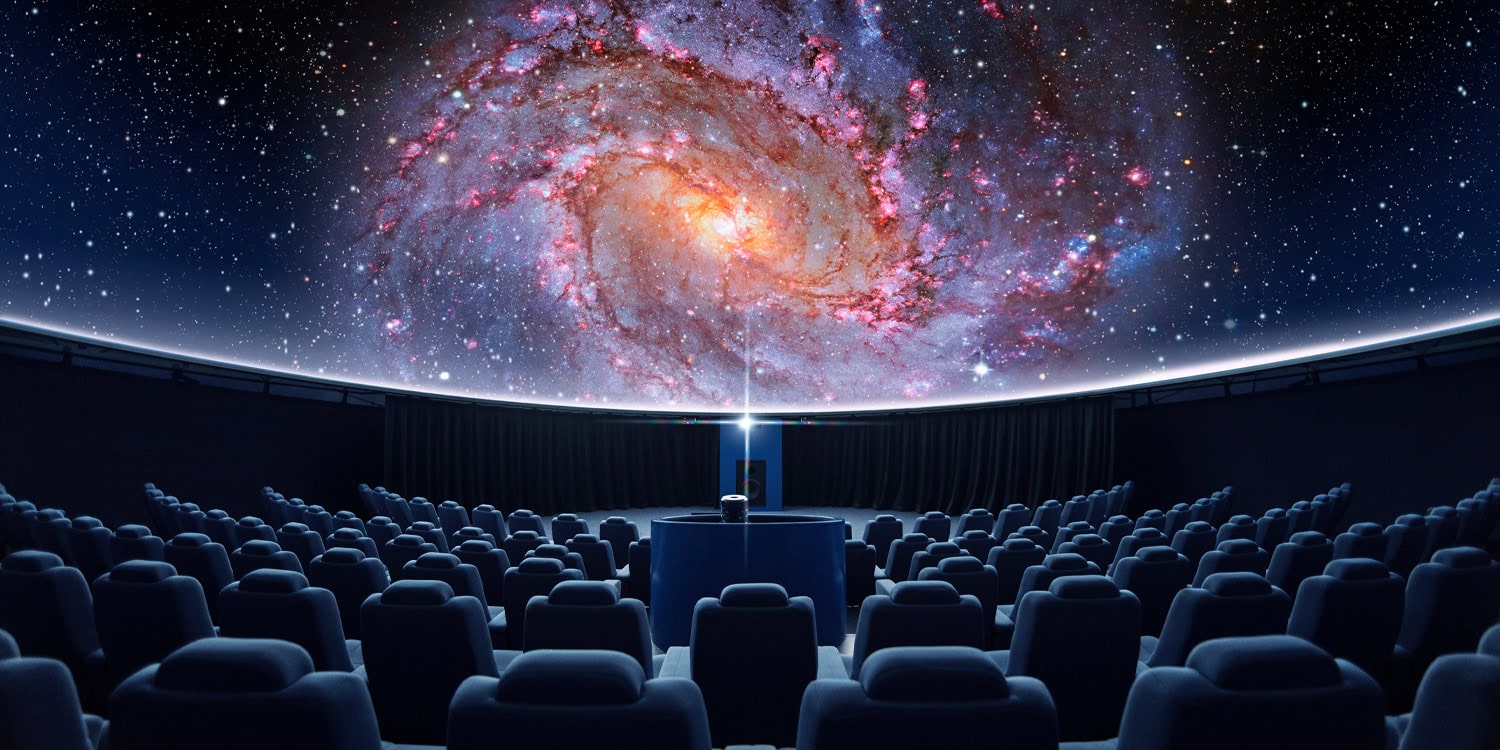Getting people excited about science can be a challenge, but a recent study offers a promising approach. Researchers discovered that inducing awe, specifically through immersive planetarium films, is highly effective at sparking and growing people’s interest in scientific subjects. This suggests awe could be key to making science more engaging for everyone. The work has been published in the journal Cognition and Emotion.
Scientists have long recognized that emotions play a significant role in how we learn and remember things. Emotions related to knowledge and understanding, termed epistemic emotions, are particularly relevant in learning environments. For example, feeling curious can lead to deeper engagement with new material, while boredom can hinder learning. Awe is one such emotion, often described as the feeling we get when we encounter something vast and beyond our current understanding, prompting us to adjust our perspective of the world. Though awe is thought to be a driving force behind science learning, exactly how it affects our thinking processes during learning has remained largely unknown.
Previous research exploring awe has often taken place in controlled laboratory settings, raising questions about whether these findings truly reflect real-world experiences. To address this gap, a team of researchers decided to investigate awe in a more natural environment: a science center planetarium. They aimed to understand if the awe experienced while watching planetarium films, designed to be immersive and awe-inspiring, could enhance learning and cultivate a greater interest in science-related topics. Specifically, they wanted to examine how this situational awe impacts the ability to remember information from the films and how it influences a person’s interest in the film’s subject matter.
“I became interested in researching the various effects of awe on human cognition, behavior, and decision-making because the research literature suggested that awe is a very powerful emotion yet largely understudied,” said study author Oksana Kanerva, a lecturer at University of Helsinki who conducted the study while a senior researcher at the University of Turku.
To conduct their investigation, the researchers recruited 131 adult visitors to a science center who were planning to watch one of the planetarium’s films. Before entering the planetarium, participants answered questions about their existing knowledge of the film’s topic and their initial interest in it. They also provided some basic background information about themselves. The science center was showing three different films at the time: one about Earth’s climate system, one about the Northern Lights, and one about stars and planets in the distant universe. Participants watched whichever film they had chosen to see as regular science center visitors.
Immediately after watching their chosen film, participants completed a series of questionnaires. They again rated their interest in the film’s topic to see if it had changed after viewing. They also completed questionnaires designed to measure different emotions they might have experienced, including awe, surprise, curiosity, enjoyment, confusion, anxiety, and boredom. To specifically measure awe, the researchers used a questionnaire that asked participants to rate how strongly they felt various sensations during the film, such as feeling connected to everything around them, feeling a sense of physical smallness, or experiencing goosebumps. Additionally, participants completed a questionnaire assessing their general tendency to think critically.
Finally, participants completed a recognition memory task to assess their recall of the film’s content. This task presented participants with a series of statements related to the film they had just watched. Some of these statements were phrases taken directly from the film. Others were slightly altered versions of phrases from the film, containing minor factual errors. Some statements were completely nonsensical, contradicting basic scientific knowledge. Lastly, some statements were inferences – ideas that could be logically drawn from the film’s information but were not explicitly stated. For each statement, participants had to decide whether they believed it had been presented in the film. This recognition task was designed to reveal how awe might influence different types of memory processes, such as accurately remembering details versus making logical connections or falling for misleading information.
The study’s results confirmed that planetarium films do indeed evoke awe in viewers. Participants reported experiencing awe while watching the films, although the intensity of this emotion varied somewhat depending on the specific film. Interestingly, the film about the Northern Lights seemed to elicit a stronger sense of awe compared to the film about stars. The researchers noted that the Northern Lights film had longer sentences and perhaps presented more complex information, which might have contributed to the stronger awe response. They also found that individuals who had a greater inclination towards critical thinking reported feeling more connected to their surroundings during the awe experience.
In terms of emotions accompanying awe, the study revealed that awe was strongly associated with surprise. While awe was also linked to other emotions like curiosity and enjoyment, surprise was the most significant emotion that consistently coincided with feelings of awe. This suggests that the unexpected or surprising nature of the planetarium film content may be a key ingredient in triggering awe.
When examining the recognition memory task, the researchers found that experiencing higher levels of awe was linked to decreased accuracy in identifying errors, nonsense statements, and inferences. In other words, people who felt more awe were more likely to mistakenly say that these incorrect or inferred statements had actually been presented in the film. This suggests that awe, in this context, did not enhance memory accuracy. Interestingly, prior knowledge of the film’s topic played a role in memory performance. People with more prior knowledge were better at spotting errors and nonsense statements but were more prone to falsely recognize inference statements as being from the film.
“Based on the recognition memory task results, visitors experiencing higher awe tended to give more affirmative answers to questions where ‘no’ was the correct response, compared to those who experienced less awe,” Kanerva told PsyPost. “This suggests that awe may promote confirmation bias. More research on the possible connection between awe and confirmation bias is needed.”
But perhaps the most important finding was the impact of awe on interest. The study clearly demonstrated that experiencing awe while watching the planetarium films significantly increased participants’ interest in the topics covered in the films. This boost in interest was particularly noticeable for those who reported feeling higher levels of awe. This finding supports the idea that awe can serve as a catalyst, sparking curiosity and driving individuals to become more interested in science-related subjects.
“This is one of the first studies to document an increase in topic-specific interest in a science museum exhibition, specifically in the topic of planetarium films,” Kanerva said. “The key takeaway is that awe has the potential to make people more interested in science-related topics.”
The researchers acknowledged some limitations to their study. Because the study observed people in a real-world setting, it could only show associations, not definitively prove that awe directly causes increased interest or altered memory. Future research could build upon these findings by refining the memory tasks to be more challenging, perhaps by testing memory after a longer delay. Experimentally manipulating awe, for instance by comparing awe-inducing films to more neutral ones, could help to establish a clearer causal link between awe and science interest.
“The long-term goals are to investigate the effects of awe on human behavior and decision-making in natural settings, extending beyond science museums,” Kanerva said.
The study, “Impact of awe on topic interest and recognition memory for information in planetarium films,” was authored by Oksana Kanerva, Tuomo Häikiö, Helmi Päällysaho, and Johanna K. Kaakinen.




